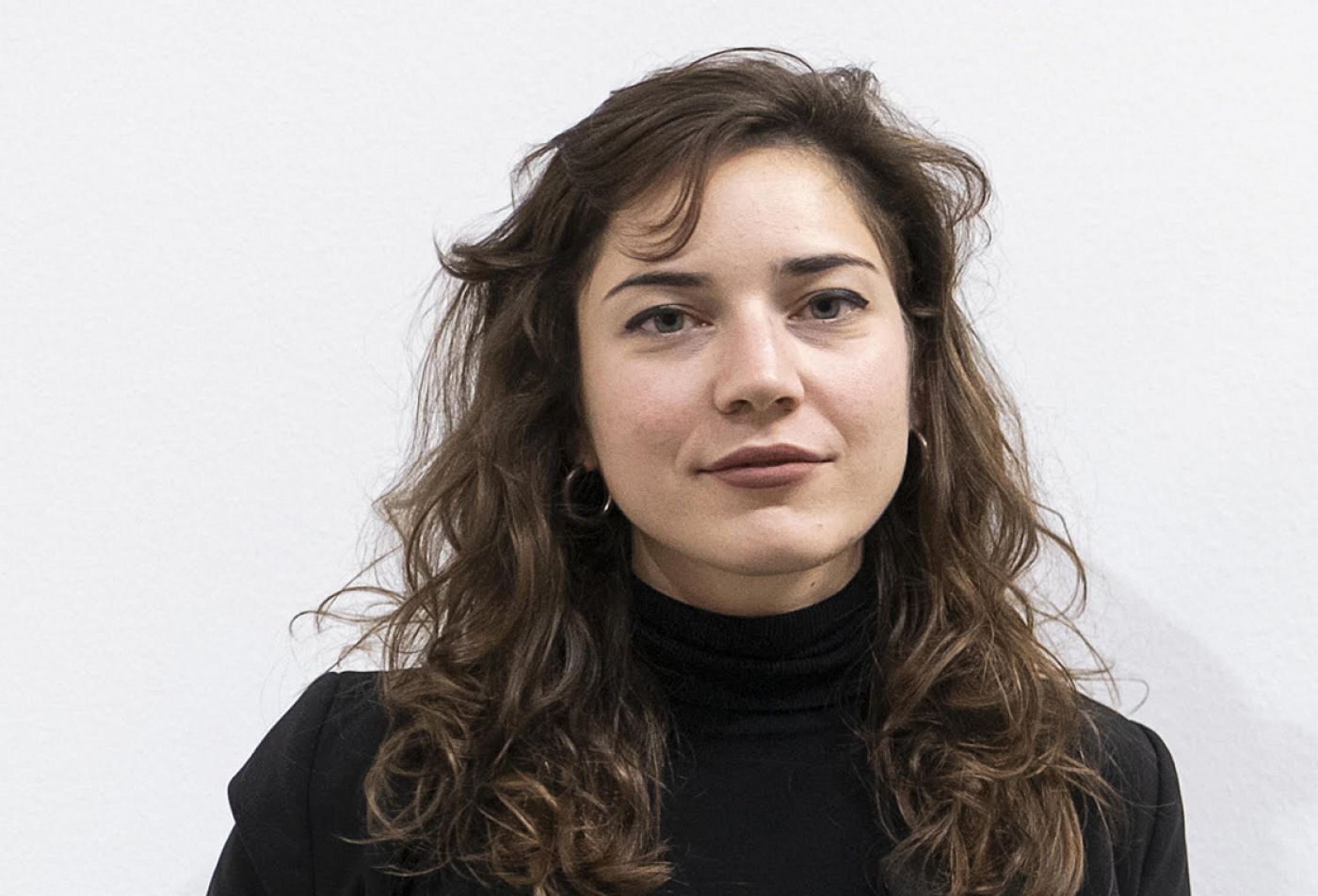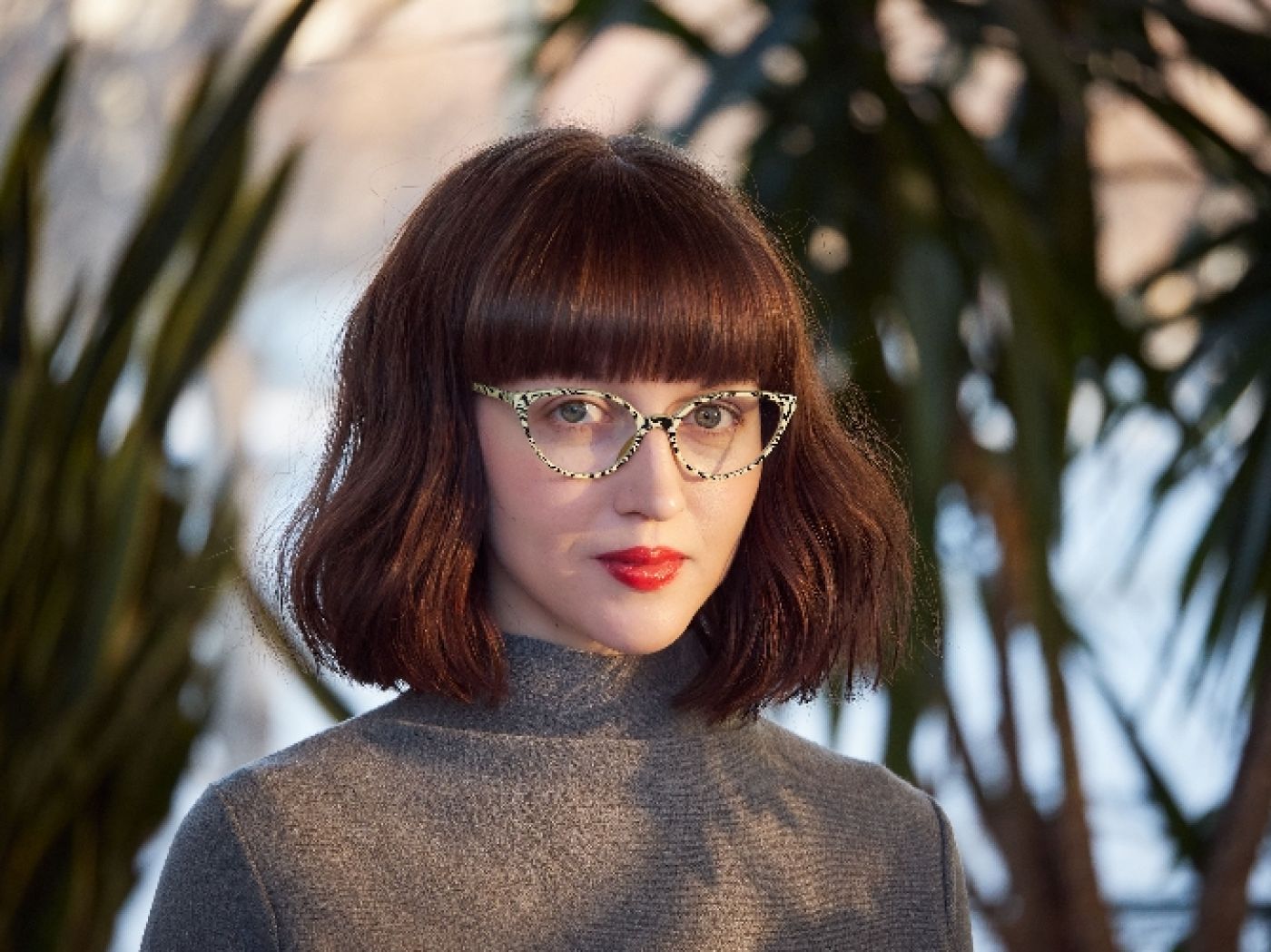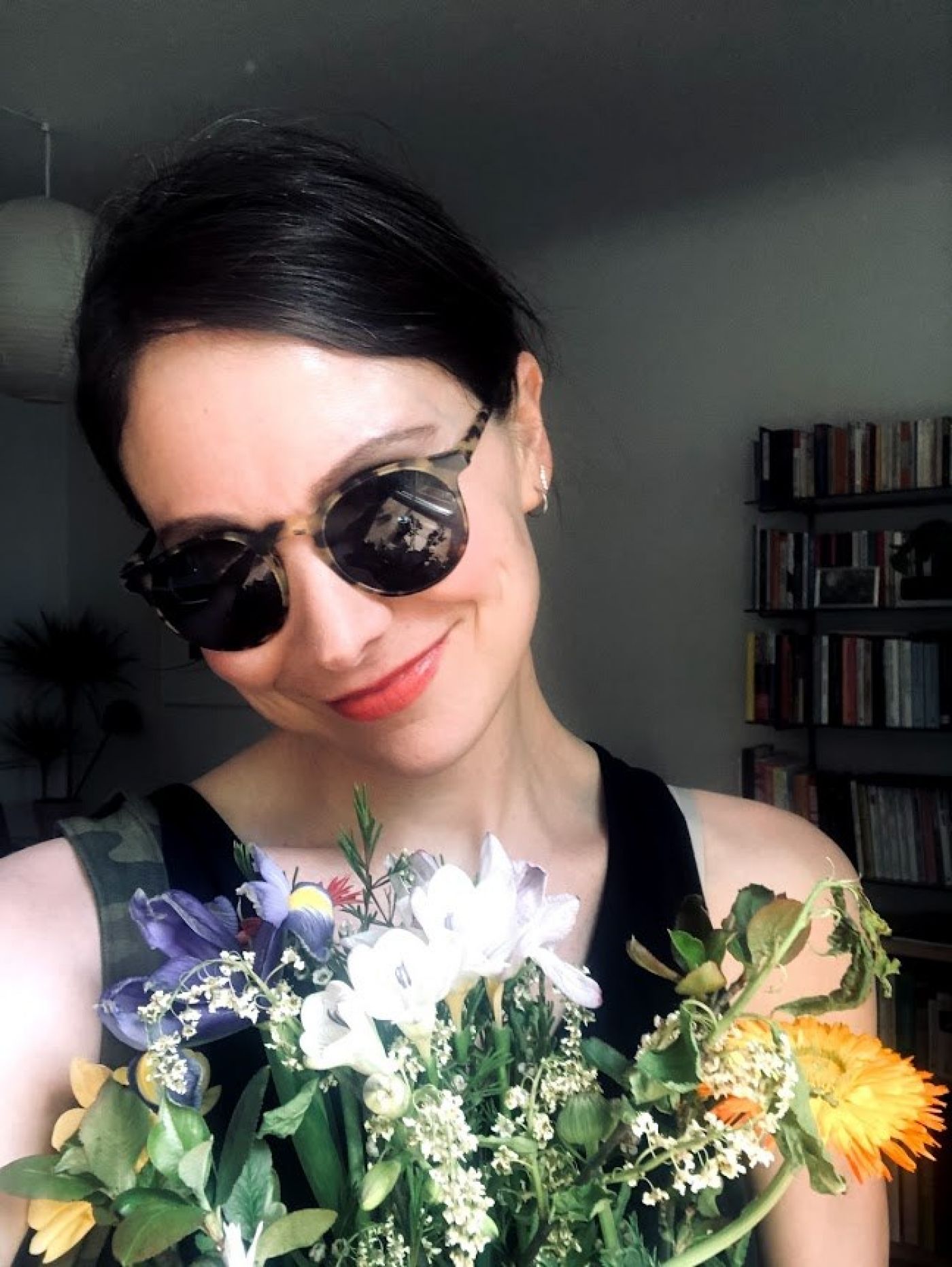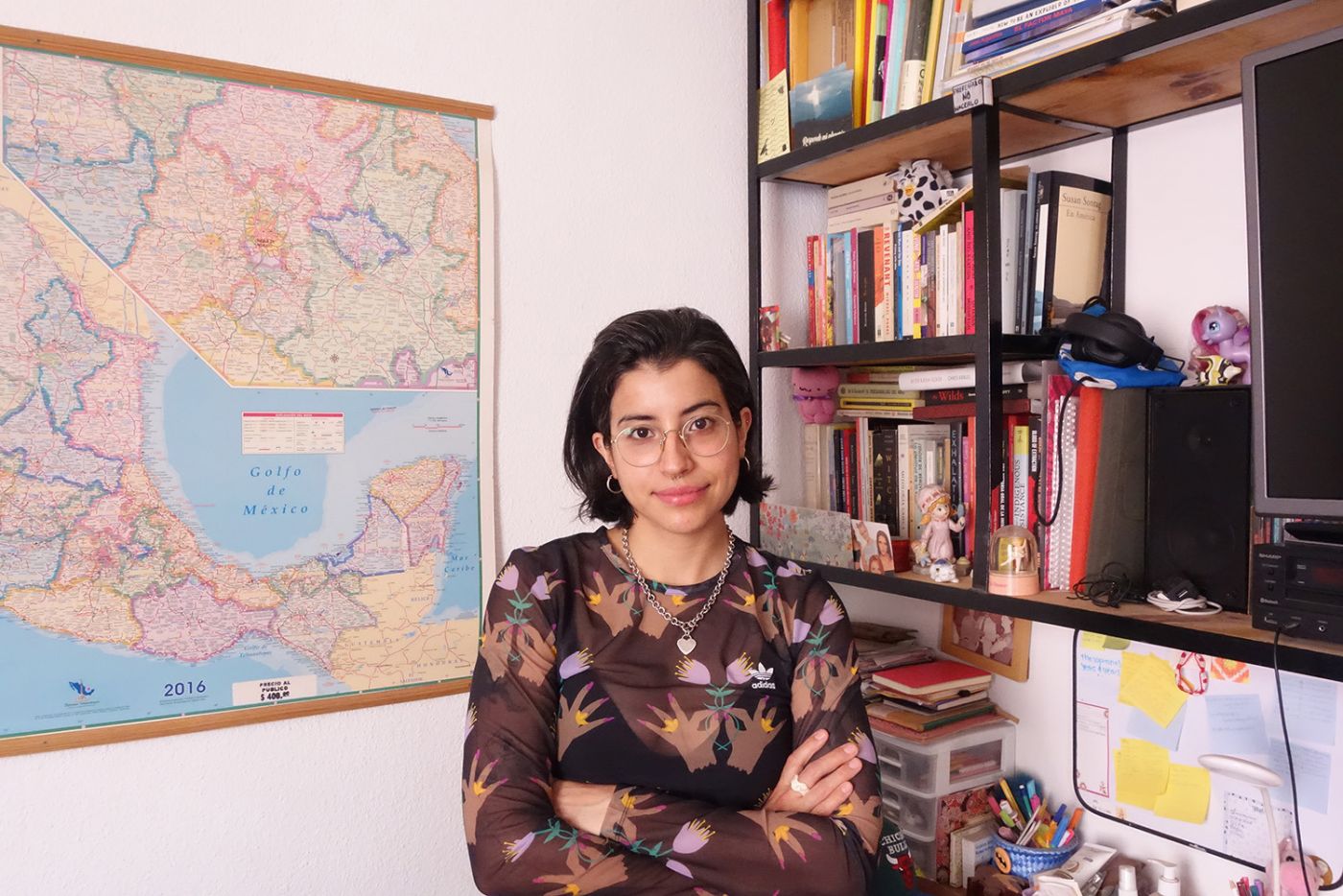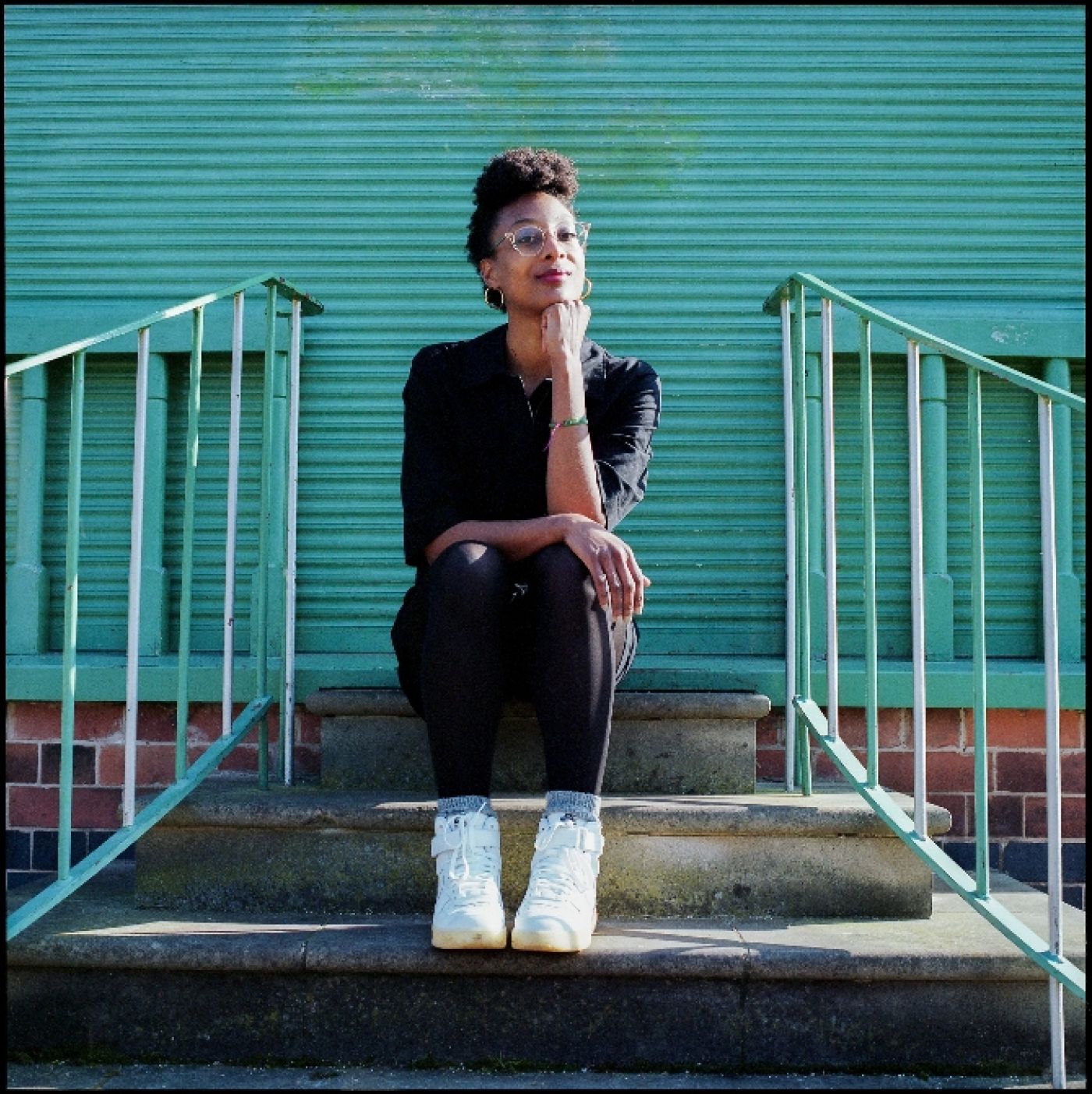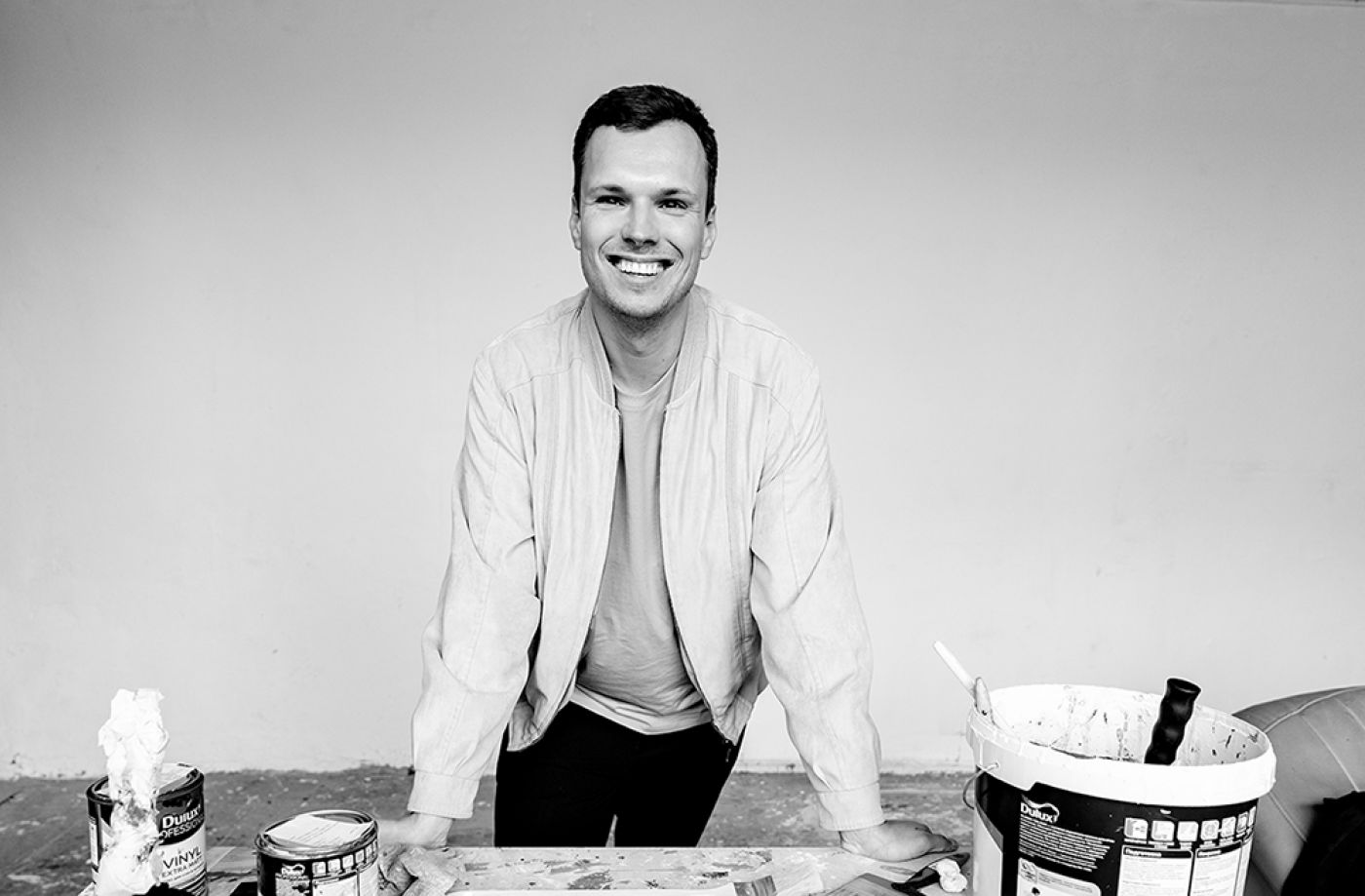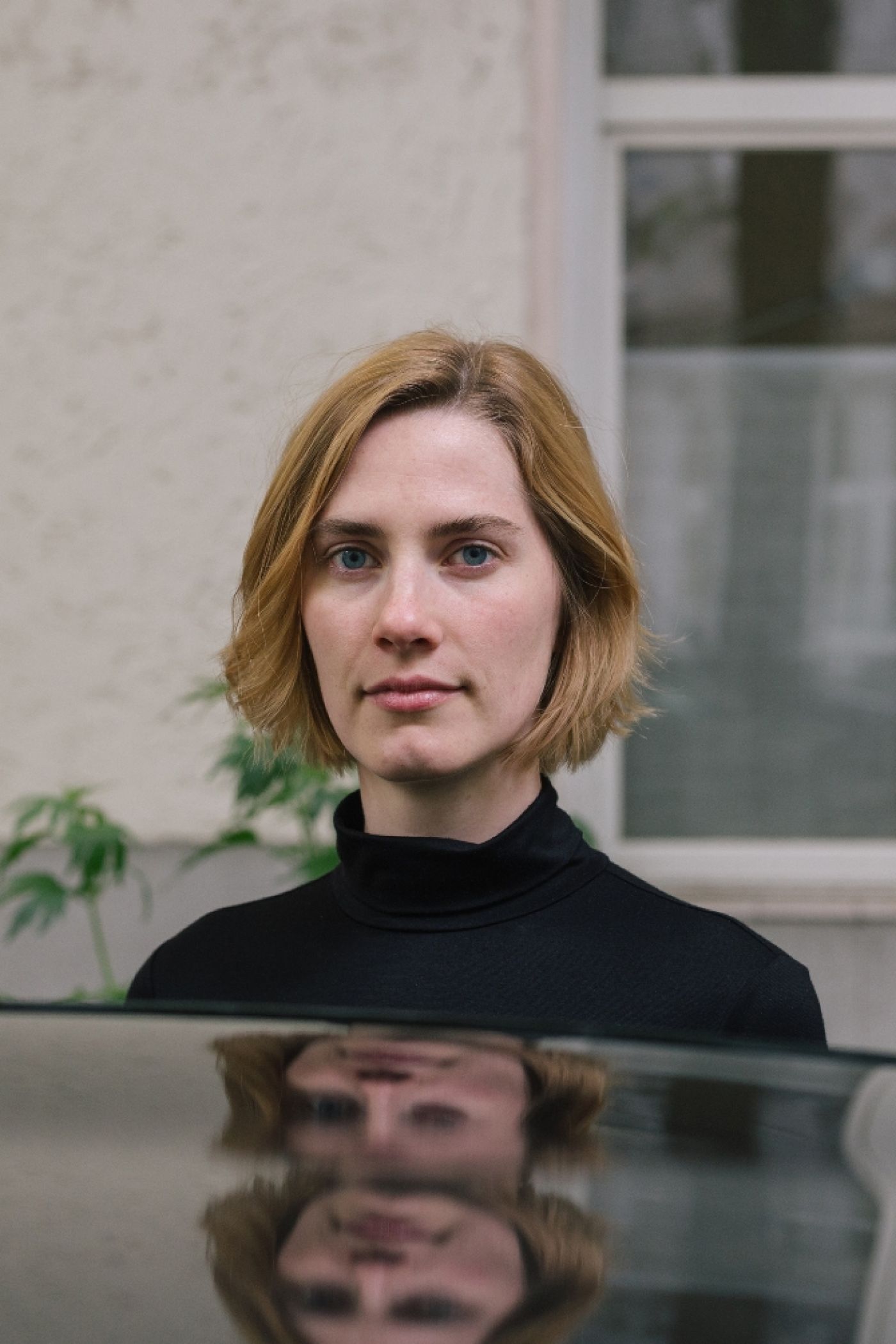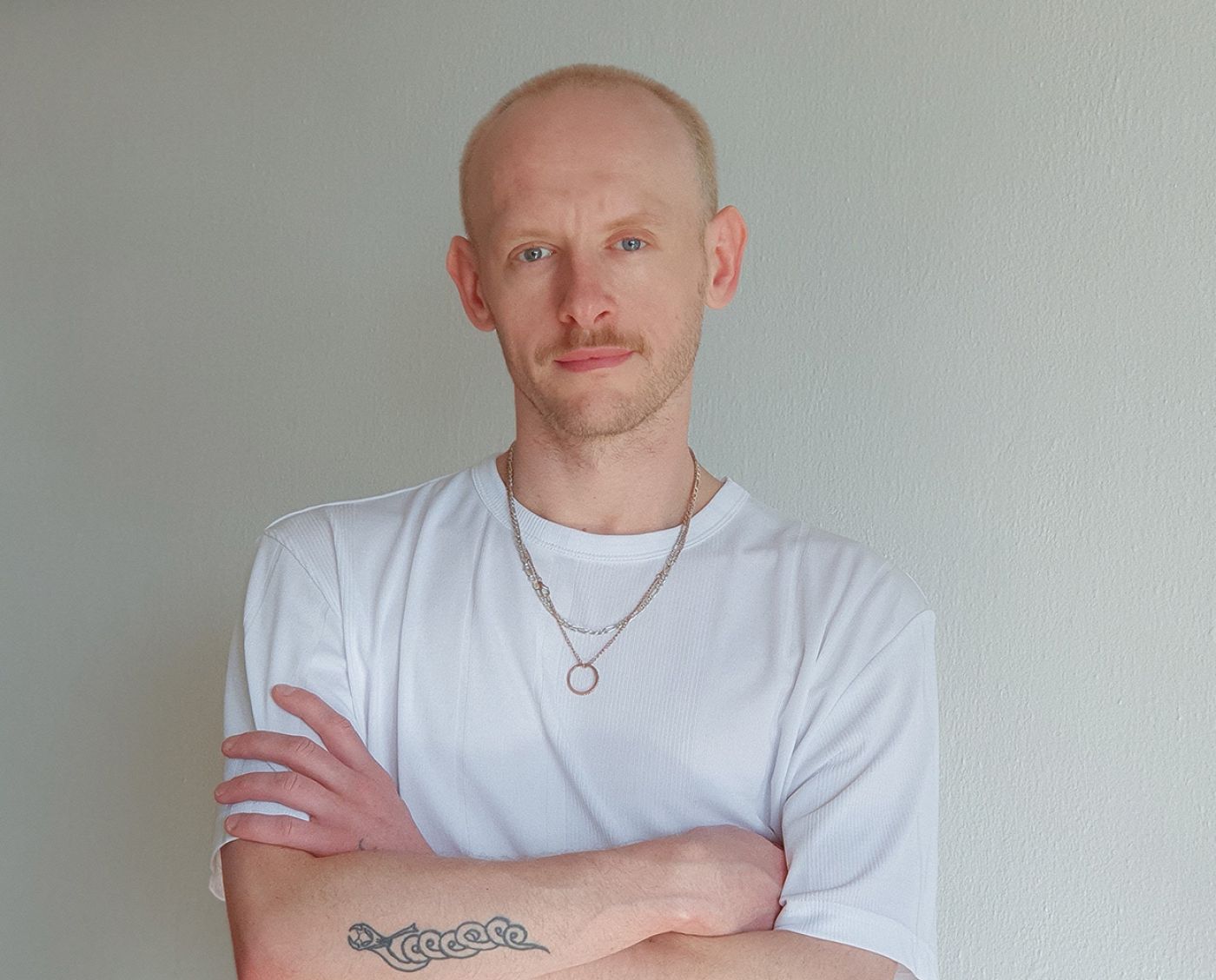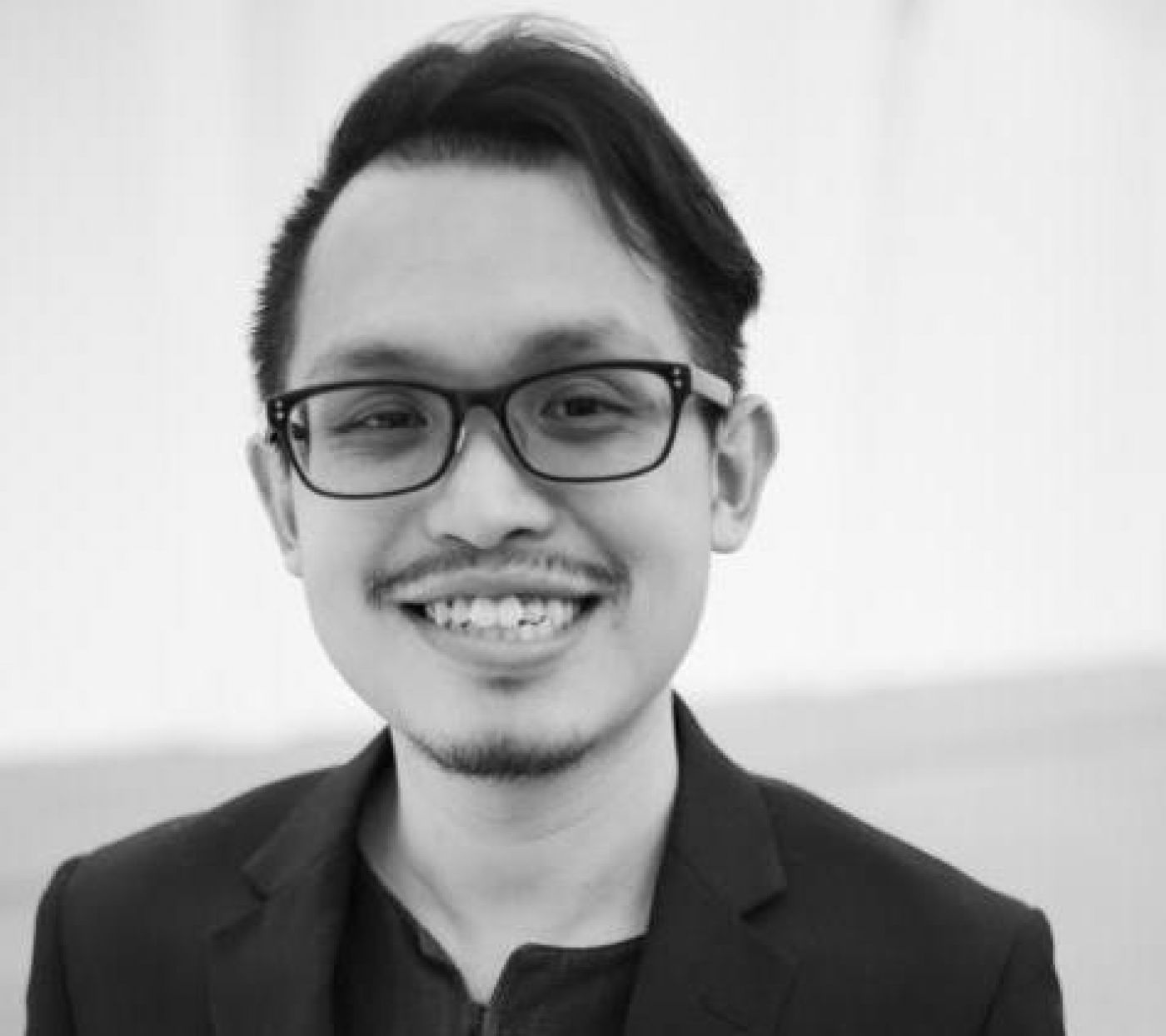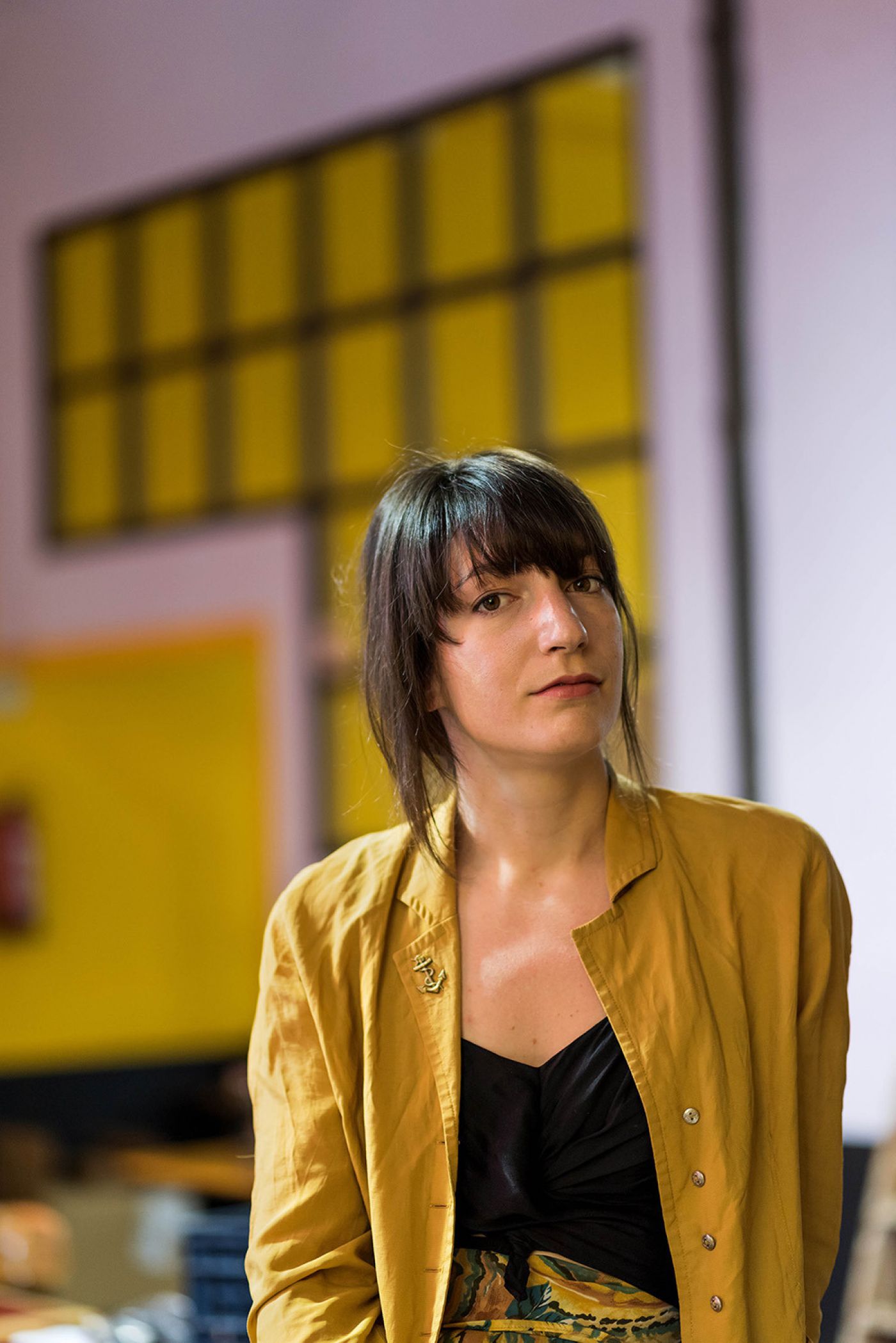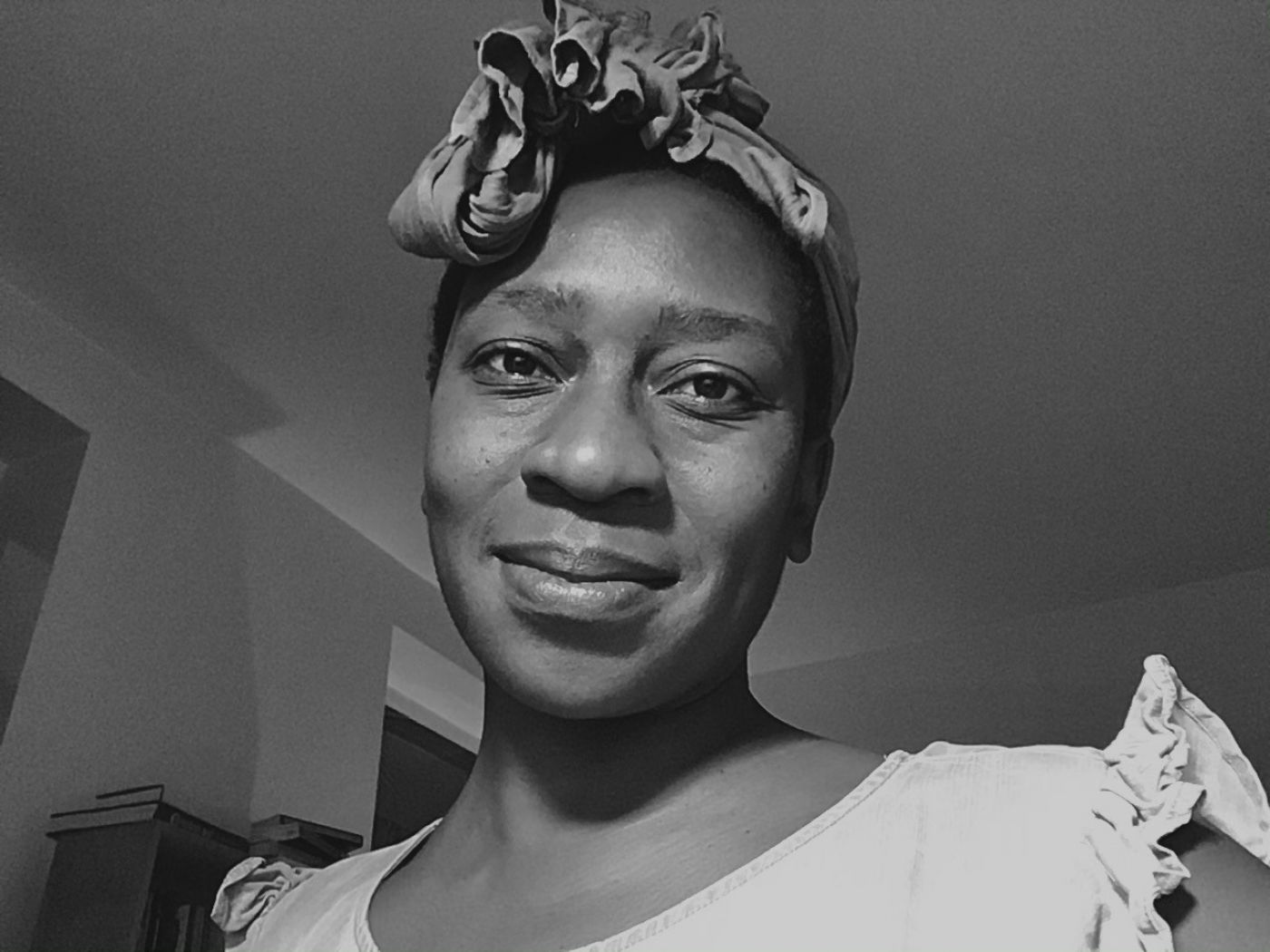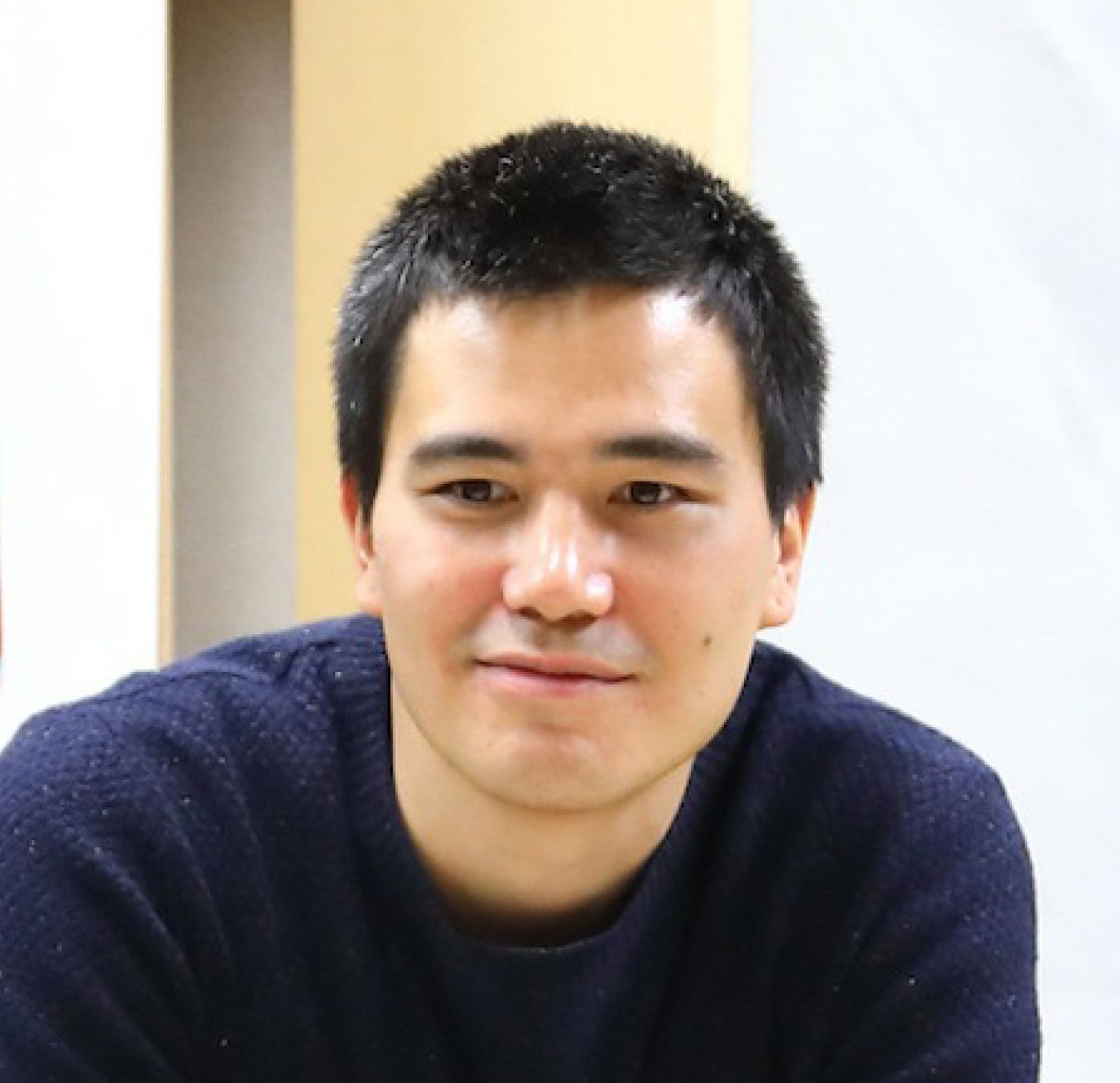Jeppe Ugelvig on Dread
The last 18 months of pandemic lockdowns in cities, countries and regions around the globe have effectively reset the system of art. Overnight, the usual routine of exhibitions, fairs and biennales was suspended – a much-needed break for some, and a detrimental disaster for others. As thousands of artists and art workers were thrown into unemployment or economic precarity, the rifts in the system we call “the artworld” seemed to have both deepened and become all the more visible. Social uprisings against systemic racism, gender discrimination, labour exploitation and war mongering unfolded around the world, pressuring art institutions anew for accountability, even if they exist in a system where this is hard or nearly impossible. Art, too, is expected to respond to or represent this culture war, even if many feel that the very tool of representation today is little more than a trap – a tactic used to flatten, romanticise and commodify identities in order to profit off of them. As a result, many in this system have been confronted with an overwhelming sense of dread: the looming effect of fear, trepidation and apprehension about navigating a system that feels to be fraying at its edges or crumbling at its very foundation.
If Covid-19 offered the artworld a break, the question is, from what? To me, this seems to be the central question as the artworld re-awakens and resumes activity once more. What have we learned about the thing we call “contemporary art” in the past 18 months of viral, social, economic and political crisis? Do we believe in its practices, its project, its spaces, its people; do we want to participate in its various forms of value-making, its forms of speech? What do we miss more than ever; what should we leave behind?
Dread overwhelms many when imagining a return to the usual business of art, whose normative operations of making, showing and exchanging now seem unsustainable, unethical or directly untenable. Many dread the pandemic’s ongoing and shifting restrictions on art and life, as the virus continues to take its toll around the world. And many will look at the post-pandemic futures of art with dread – that is, if these futures are characterised by further privatisation (cutting of public arts funding), financialisaton (NFTs) and corporatisation (mega-galleries). Art after the pandemic has no choice but to combat this sense of dread by re-thinking the material condition of its own production. In this process, art producers and mediators alike must take nothing for granted; must have the courage to revise, renew and revolutionise; must resist quick judgment and easy solutions; must think of change not as something symbolic, but as something deeply material, infrastructural and lived. Otherwise, what is the point of this thing we do – art?

Jeppe Ugelvig is an independent scholar and curator. Recent exhibitions include “Endless Garment” at X Museum, Beijing, and “Witch Hunt” at Kunsthal Charlottenborg, Copenhagen. He published his first book, Fashion Work: 25 Years of Art in Fashion, in 2020. He is the founding editor-in-chief of Viscose.
